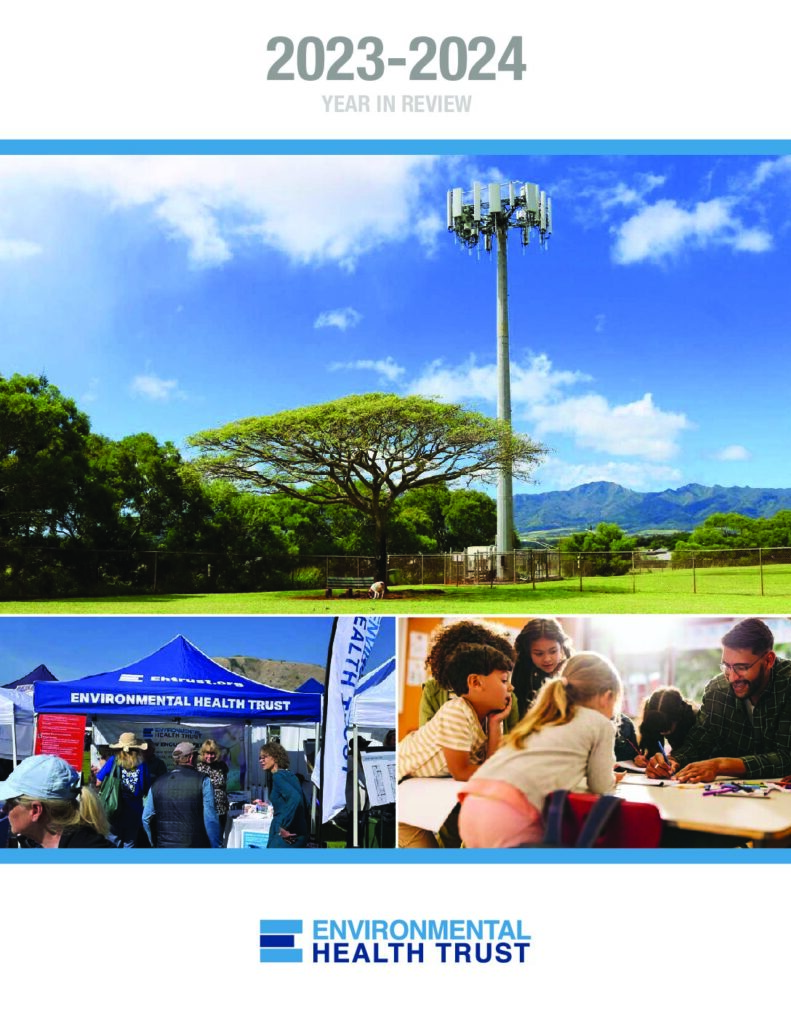The International Dark-Sky Association, representing astronomers all over the world, lost its appeal regarding the decision of the Federal Communications Commission to grant SpaceX a license to launch tens of thousands satellites without performing an environmental review.
On July 12, 2024, a 3-judge panel of the U.S. Court of Appeals for the D.C. Circuit ruled in Case No. 22-1337 International Dark Sky Skies versus the FCC and SpaceX that satellite launches and deployment, no matter how many, “are deemed individually and cumulatively to have no significant effect on the quality of the human environment and are categorically excluded from environmental processing.”
International Dark-Sky had argued that the FCC acted arbitrarily and capriciously because its determination that Gen2 Starlink would have no significant environmental impact was conclusory and lacked record support. Specifically, International Dark-Sky maintained that the FCC failed to respond adequately to a report showing that SpaceX’s satellite system would cause significant atmospheric effects from rocket launches and reentry as well as light pollution from orbiting satellites.
The FCC had responded to the appeal that it [the FCC] had reasonably concluded that it did not need to do an environmental assessment of the potential effects of deployment on astronomy and the night sky. The Court decision concluded:
“SpaceX’s license falls within the categorical exclusion, so an environmental assessment was required only if the FCC determined that the license may have a significant environmental impact. The FCC reasonably concluded that no such impact was present here, and International Dark-Sky’s arguments to the contrary are unavailing.”
“Relying on two European Space Agency studies, the FCC reasonably concluded that the volume of atmospheric material emanating from satellite launch and reentry would not comprise a significant environmental impact. The FCC concluded the studies were “the most relevant evidence in the record” and “sufficiently persuasive … to conclude that there would not be a significant environmental impact associated with a constellation of 7,500 Gen2 Starlink satellites.”
Theodora Scarato of Environmental Health Trust stated, “The environmental impacts of satellite constellations and their launches need to be fully and transparently assessed and mitigated. Most of the public will be shocked to learn that satellites are categorically excluded from environmental assessment.” Scarato pointed to a 2022 US Government Accountability (GAO) report “Large Constellations of Satellites: Mitigating Environmental and Other Effects which focused on several critical unmitigated environmental issues of satellite constellations including the increase in space trash, how emissions could impact the ozone layer and disruptions to astronomy.
ProPublica’s article “The FCC Is Supposed to Protect the Environment. It Doesn’t” states that:
The agency is licensing thousands of commercial satellites at a moment when the profusion of objects circling the planet is raising concerns about collisions in space, impediments to astronomy, pollution, and debris falling back to earth.
To call the FCC’s environmental approach hands-off would be an understatement. The agency operates on the honor system, delegating much of its responsibility to the industries that it regulates. It allows companies to decide for themselves whether their projects require environmental study. And if the companies break the rules, they’re expected to report their own transgression.
The FCC has approved Musk’s space armada, and many other satellite constellations, without requiring an environmental assessment, on the premise that, even cumulatively, they present no serious risk. (Musk has also argued that NEPA rules don’t apply to space.)
The agency has rejected fears from multiple quarters that tens of thousands of satellites pose worrisome threats. These include toxic emissions from rocket fuels that could pollute the earth, deplete the ozone layer and worsen global warming; increased radio congestion and space traffic that could destroy other satellites and impede critical astronomy used for weather tracking, national security and science; and a growing threat of human casualties and property damage from falling bits of satellite debris. The GAO inventoried the concerns in a September 2022 report.
Scarato also pointed to the Balance Group’s Opening brief in The Balance Group v. FCC (D.C. Cir 2020) that had argued that the FCC had violated NEPA by failing to require environmental assessment for satellites. “The launch and reentry of thousands of Starlink satellites will harm the atmosphere and create dangerous debris…It is undisputed that deorbiting satellites will increase the level of alumina in the atmosphere, and it is undisputed that alumina is environmentally harmful.”
Links to Learn More







